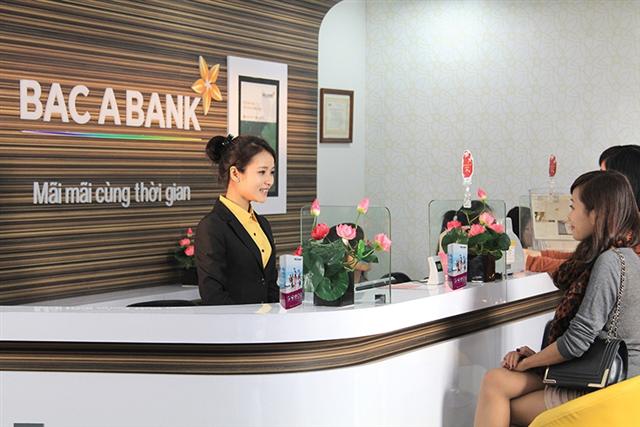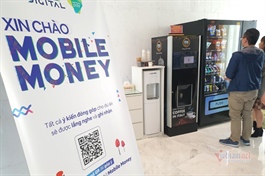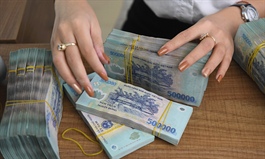Ratings agencies bullish on credit growth prospects
Ratings agencies bullish on credit growth prospects
Although the State Bank of Vietnam has set stringent limits on credit growth at commercial lenders in a bid to control risky lending activities, commercial lenders are now looking forward to a potential future easing of the credit growth limit.

It is projected that banks will continue to benefit from lower-cost capital after 2020’s rate changes, photo Thanh Tung
|
According to Nguyen Tuan Anh, director of the Credit Department at the State Bank of Vietnam (SBV), as of March 17, credit increased by 1.2 per cent, up 0.68 per cent compared to the first quarter of 2020. The SBV’s credit growth limit for the whole year 2021 is 12 per cent.
Anh also outlined three scenarios the SBV has surmised in its plans for 2021. In the first scenario, if Vietnam can contain the pandemic successfully thanks to mass vaccination, credit will increase by 12-13 per cent, possibly even 14 per cent.
In the second scenario, if the social distancing measures continue to be strictly implemented until June together with a lack of vaccine supply, credit will increase by 10-12 per cent.
In the last and also the worst-case scenario, if the pandemic situation grows more complex until the end of the year and causes a raft of economic, social, and health effects without adequate of vaccine rollout, credit growth will be around 7-8 per cent.
State-owned banks, including Agribank, BIDV, and VietinBank, are eligible for 6.5-7.5 per cent credit growth, while Vietcombank was approved for 10.5 per cent. Some privately-held lenders such as VIB, ACB, or Sacombank could raise credit by 8.5-9.5 per cent and MB, VPBank, and Techcombank by 10.5-12 per cent.
In fact, in the last three years, the SBV has often assigned credit quotas twice a year. After presenting growth limits for each credit institution at the beginning of the year, it would also assign second quotas in the second half.
As the SBV issued stringent credit growth targets for 2021, many lenders are looking for an extension to around 30 per cent.
Last week, VIB approved a profit target of VND7.51 trillion ($326.5 million), up 29 per cent on-year, with credit and deposit growth at around 31 per cent, much higher than the SBV’s quota of 8 per cent.
Dang Khac Vy, chairman of VIB’s Board of Directors, conceded that the central bank’s limit is 12 per cent, but said this was quite flexible, depending on the economic situation, and while the SBV is now taking a cautious approach, this may well change.
“For VIB, the SBV assigned a relatively low credit limit for the first time, but this can change depending on our credit quality, compliance record, and transparency of governance. A higher limit is very much on the cards, as in the past VIB was assigned 23-30 per cent limits,” Vy explained.
SSI Securities predicted that banks will continue to benefit from lower-cost capital as the deposit interest rates have lowered by 2-2.5 per cent in 2020.
Global ratings agency Moody’s has reaffirmed the long-term local and foreign currency deposit ratings, and where applicable, the issuer and senior unsecured ratings of 15 banks in Vietnam at Ba3 positive.
|
Experts at SSI Securities believe deposit and lending rates will remain stable in the first and early second quarter of 2021, but will increase from June when demand for credit is expected to be stronger. Earlier in March a number of banks raised deposit rates for individual customers by 0.1-0.4 per cent, but retained deposit rates for institutional ones. The banking system’s liquidity is abundant and the interest rates on the interbank market remain at a low level. SSI predicts in the short term that deposit and lending interest rates will remain low, but should rise by the end of the second quarter, when the domestic economy picks up. |



























